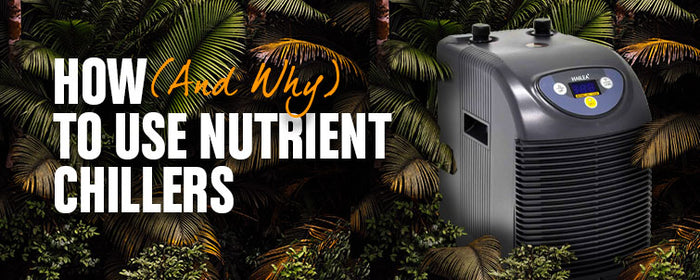
How to Pick a Timer
You don't have to turn lights and pumps on manually. You can automate everything with timers. They don't cost much but save you a lot of trouble.
Here's how to pick one.
Mechanical or Digital?
Timers are either mechanical or digital.

Mechanical Timers
They normally let you control your on/off times in 15 minute segments.
They're cheap, cheerful and easy to use - just push 15 minute segments in and out to set times.

Digital Timers
Digital timers don't cost much more, but let you control on/off times by the minute.
How precise?
The timer you need really depends on how precise you want to get with on and off times.

15 minute segments
If you won't ever have to break a 15 minute segment, a bog standard mechanical timer is fine.
Lights are a good example. To run lights you'd need 4 x 15 minute segments for every hour - no more, no less.

1 minute segments
Sometimes, your on times won't slot into neat little 15 minute segments.
Feed times is a good example.
You might, for instance, want to feed for 5 minutes, 17 minutes at a time.
Most digital timers will let you do this. So will the IWS Dripper Minute/Second Timer.

Second segments
This is where the IWS Dripper Minute/Second Timer really comes into its own.
You can control on/off times right down to the second!
It'll cost ya, but it's worth it - for drip irrigation, it's amazing.
You can feed for 5 seconds every 15 minutes, or 10 seconds every 2 hours - the choice is yours. If you're feeding plants little and often, it's the only timer to use.
Do I need a Contactor?
Probably.
Contactors protect your timer from high inrushes. They're a must for anything that draws a lot of power upon start up.
For grow lights, you really do need one.
Some timers have one inbuilt, in which case, job's a good'un. Otherwise, you need to buy one.
Without one, your timer will likely fail, leading to your lights being left permanently on. If you notice early enough, your lighting cycle will be disrupted. I the problem goes unnoticed, you could end up with irreversible crop damage.
Sounds scary, doesn't it? It is. Use a contactor.
Setting up a timer & contactor
It's easy to set one up - make sure you have two wall sockets free.
Plug your appliance into your contactor.
Plug your contactor into your timer, and one socket.
Plug your timer into another socket.
At set times, your power travels through your contactor, to your appliance, bypassing your timer altogether.

For multiple appliances...
You can control multiple appliances from one timer.
For multiple lights, something like the Exolux Lighting Timer Contactor is great. You can power up to 8 lights from 2 sockets.




